By Jose Corpas
The former world champion’s incredible story continues when he faces Ramon Alvarez for the world super welterweight title Saturday night on FOX.
In 1998, long distance swimmer Susie Maroney swam approximately 123 miles across the Yucatan Channel from Mexico to Cuba. No matter how rough the waters got, or how sick to the stomach she became, she kept moving her arms.
Afterwards she said, “I’m just really relieved that it’s all over.”
Some 10 years later, under cover of the night, Erislandy Lara swam the same waters – to one of the many cayos that line up single file about a mile from the Cuban coastline.
Unlike Maroney, Lara didn’t wear a special swimsuit designed to protect against jellyfish stings. And he didn’t swim inside a shark-proof cage that was towed by a boat. After he reached that cayo and boarded a speedboat headed for Mexico with about a dozen others, he felt no relief.
His journey was just starting.
This Saturday, August 31, Lara (25-3-3, 14 KOs) continues his journey when he faces Ramon Alvarez, who sports a 28-7-3 (16 KOs) record and is the brother of Lara’s former ring rival, Canelo Alvarez.
The bout, which takes place at The Armory in Minneapolis, Minnesota, headlines a PBC event live on FOX and FOX Deportes (8 p.m. ET/5 p.m. PT).
Reunited with trainer Ismael Salas, who he was with for his first 10 fights, Lara says he’s feeling great and, “looking forward to bringing more exciting fights to the ring.”
He delivers more often than not, going toe-to-toe with Alfredo Angulo, Paul Williams, and wasting little time taking out solid fighters such as Yuri Foreman, Jan Zaveck, and Ronald Hearns.
Last March, Lara fought Brian Carlos Castano to thrilling draw. Yet he’s been harshly criticized by some media members for being “boring,” particularly after limiting the excellent Canelo Alvarez to just 97 punches landed in 2014.
In 2015, CompuBox issued a press release claiming “Erislandy Lara’s the opponent most fighters aren’t in a hurry to fight.” In their plus/minus ratings – which measures the difference between hit-and-don’t-get-hit – CompuBox listed Lara at +19, behind only Floyd Mayweather Jr., (+27), and Daniel Jacobs, (+24).
A cursory look at Lara’s background reveals a man who is unafraid of risks. Journalist Scott Beyer described the Cuban capital of Havana as “extremely poor – a denser Caribbean version of Detroit.”
Things were worse where Lara was from. He was born in one of the poorest areas of Guantanamo, a city where many homes need renovating and some stand only a few feet away from the rails of the Ferrocarriles that chug their way back-and-forth to Havana.
Lara never met his father. His mother, Marisol, spent her days sleeping off the previous night’s liquor, according to the Miami New Times. Silvia, his grandmother, who was also his, “favorite person in the world,” raised Lara and his younger sister while juggling a fulltime job as a short-order cook. Silvia died when Lara was eleven.
Lara took up boxing, in part because he wasn’t good at baseball, but also because of his uncle Santoya, a standout amateur boxer who he greatly admired. Within a few years, Lara had relocated to Havana, becoming captain of the Cuban national team.
Training is mandatory 51 weeks out of the year in a crowded gym with lots of windows and little breeze. Daily runs through the side streets of Havana were supplemented with visits from Cuban icon, Teofilo Stevenson.
“He was an inspiration to everyone on our team,” Lara said. “He showed us how to carry ourselves with class.”
Lara was given an apartment near Havana’s famed promenade but, for the most part, he was paid in adulations. His name appeared in the headlines of the State-run newspapers and on the national radio show, Radio Reloj. They called him “Guantanamo Gold.”
In 2007, Lara’s amateur career came to an abrupt halt. What exactly happened that summer we may never know. What is certain is that Lara, along with teammate Guillermo Rigondeaux, slipped out of their hotel rooms near the coastal resort city of Cabo Frio, Brazil, and went looking for cigars and a spot to chill.
Two weeks later, no one knew where they were.
“ There was no future for me. ”Former World Super Welterweight Champion – Erislandy Lara
Everywhere from Cabo Frio to Araruama, Brazilian police hunted them down. Cuban and Brazilian newspapers said they were guilty of desertion. Their pictures appeared on missing persons posters in airports and all over the news. Fidel Castro publicly blamed Lara for the events and compared him to a soldier who abandons his comrades in battle.
A few days later, by a payphone on the beach, it all came to an end.
Lara hesitated slightly before telling the police officer on the other end of the line that they were surrendering. Shortly after, wearing red t-shirts, they were both photographed getting into a patrol car in Niteroi without answering any questions. Hours later, Lara and Rigondeaux were on their way back to Cuba aboard a private jet with Venezuelan registration.
Jose Miguel Vivanco, director of the American division of the Human Rights Watch, called for an investigation, stating, “To resolve this behind closed doors in the middle of the night in a summary process where there’s only one side of the story, it raises questions.”
“Brazil delivered those people to their deaths,” said Brazilian Sen. Arthur Virgilio. “If it wasn’t a physical death, it was a psychological death.”
Despite the calls for one, it doesn’t appear that any investigations took place. With the Brazilian authorities working in cahoots with the Cuban government, the boxers had only one option.
“We called the police because there was nothing else to do,” Lara said. “We weren’t scared. We were just ready for it to end.”
In his column in Granma, the state-run newspaper, Fidel Castro wrote that the fighters were “knocked out by a punch to the chin, paid for by American dollars.”
No longer allowed to box, no longer allowed to attend the University, Lara, in Cuba, was finished.
“That was a knockout punch,” Lara said in 2009. “There was no future for me,” he said of his prospects in Cuba.
If he stayed, there was enough food that he wouldn’t starve, though meat – and even toilet paper – were luxury items in parts of Cuba. He could numb the thoughts and feelings of depression with cheap booze like Havana Club, or a bottle of that flat, no suds, Bruja beer.
Or Lara could try to leave the island again and perhaps secure a better future for himself and his family, removing the scarlet letter that Castro branded him with.
A second opportunity to leave Cuba came during the winter of 2008. Lara didn’t hesitate to plunge into shark infested waters at night, with only 10 pesos and the clothes on his back. He left behind his sons, family, friends, and the stigma that enshrouded his name.
Lara remains pragmatic yet hopeful that his decision to come to America ends up being the best thing for both he and his family. He calls himself “The American Dream” and it’s a dream he hopes will extend to all borders.
The dream continues this Saturday, when he faces Alvarez for a version of the WBA world super welterweight title. Heeding the advice of the great Stevenson, Lara keeps it classy when facing criticisms regarding his fighting style.
“It’s something that I’ve had to deal with in my career, but I don’t let it affect my performances.”
In this bipolar sport where pundits lament ring deaths one month, then complain of the lack of traumatic head punches the following, Lara continues moving his arms.
“I’m still going to go out there and execute my game plan.”
Like Susie Maroney did twenty-one years ago, despite hallucinations of monkeys and the irritating jellyfish venom that infiltrated her protective suit. And like Lara himself did that night he leapt into the same treacherous waters – protected by destiny – daring to dream.
Article courtesy of PBC

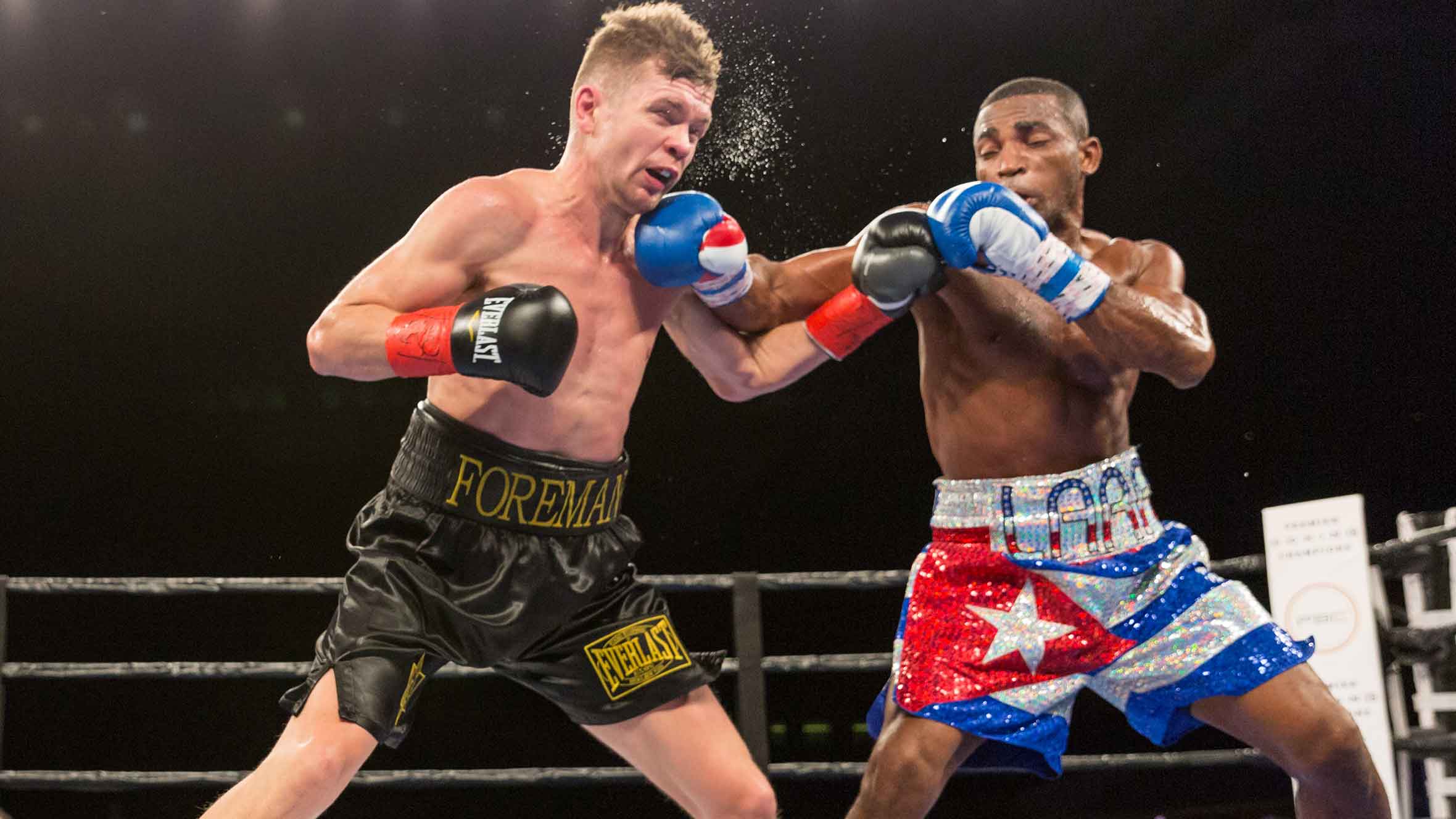
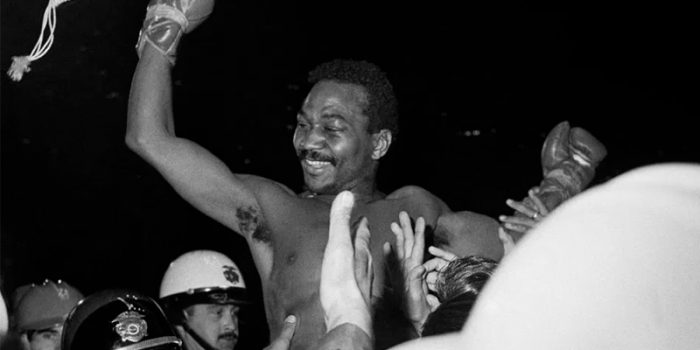
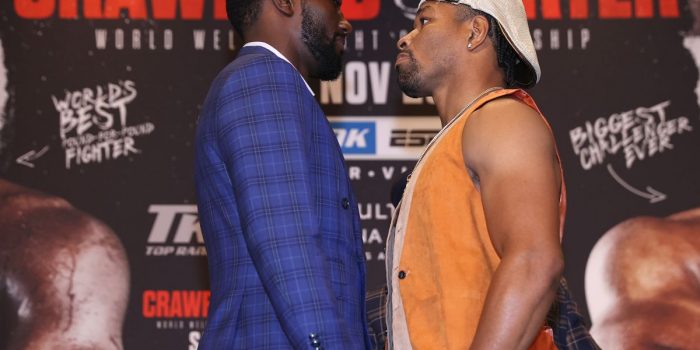
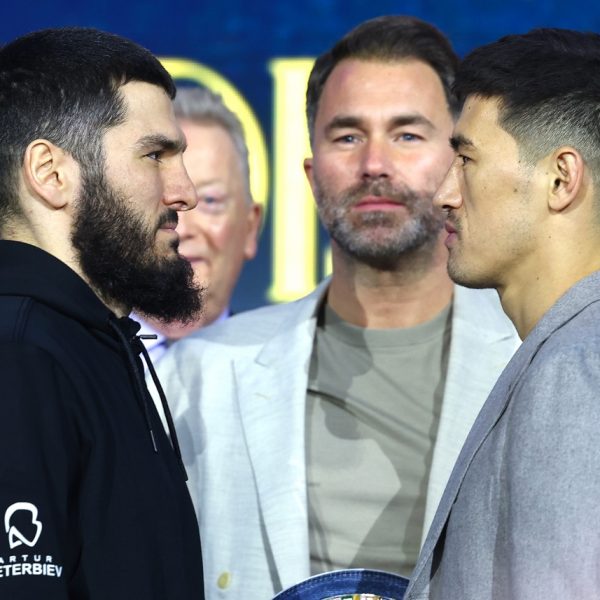
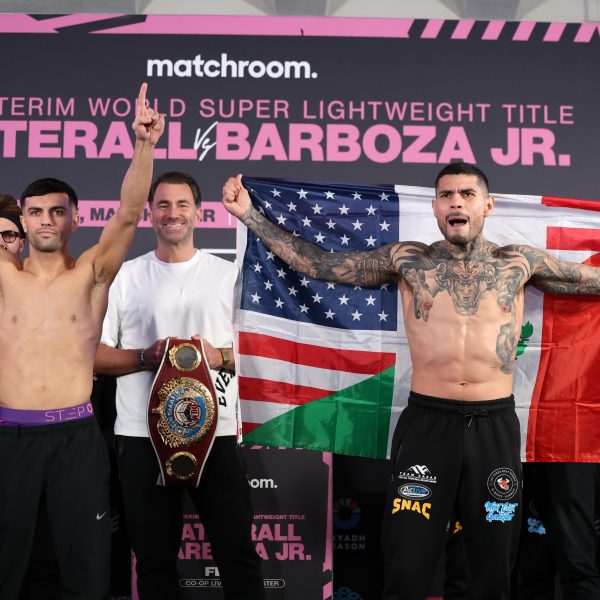
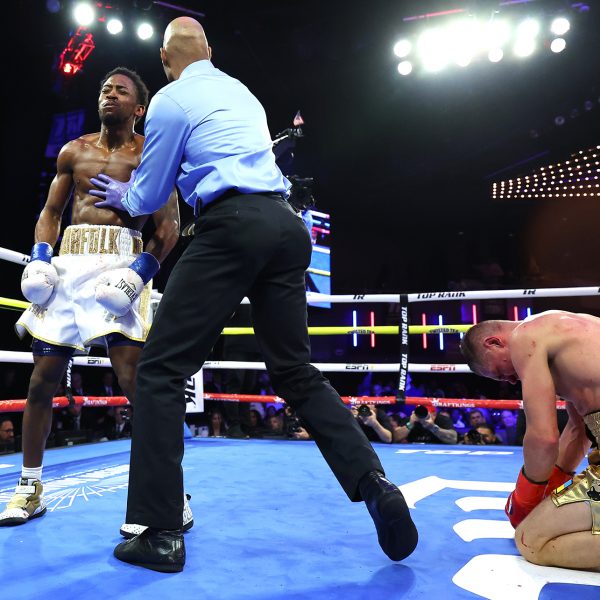


Recent Comments